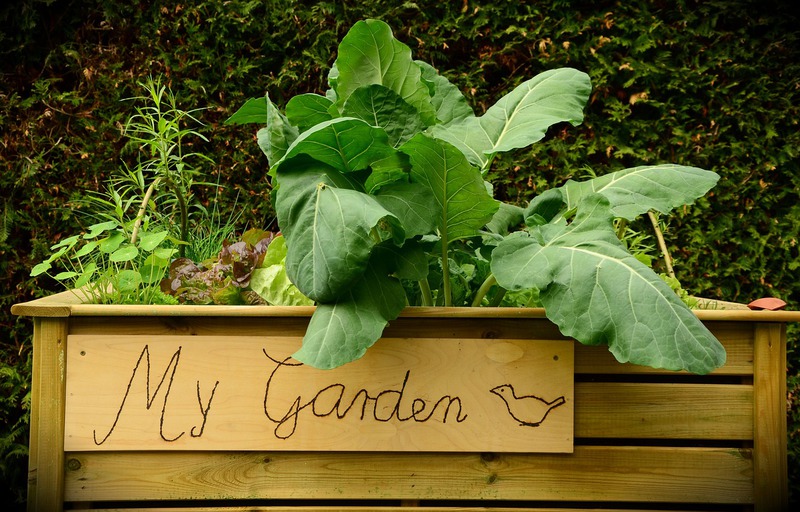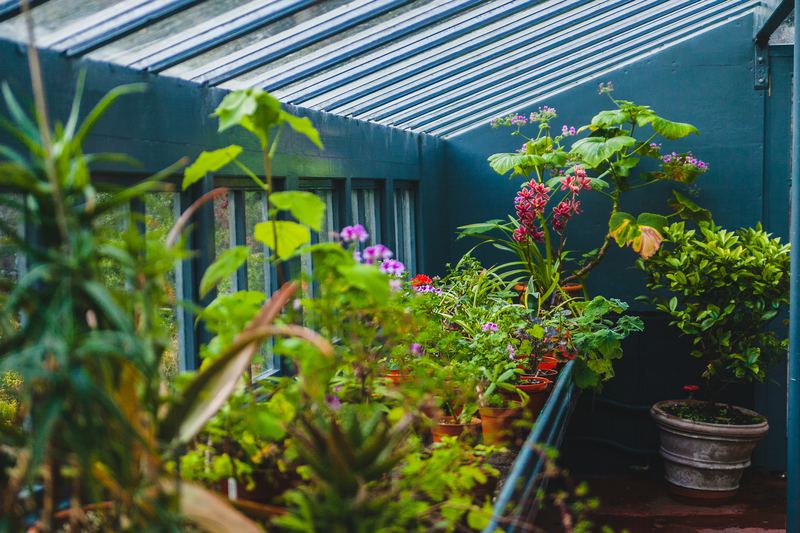Top Ideas for Creating a Protected Garden

Top Ideas for Creating a Protected Garden
If you are someone who gardens in your backyard, you have most likely experienced your fair share of intruders and pests. Whether it’s children who just want to pick the plants, animals who want to eat them, etc. there is a lot to be said for providing your garden with extra protection.
We are going to offer some alternatives to simply planting your veggies/flowers/spices/plants directly into the ground with no protection. No matter what your living situation and the amount of space that you have to work with, we have some great options for you.
Fencing/Walls

If the backyard is your best choice for gardening, you are going to want to protect it. Depending on where you live you may have deer, bear, moose, coyotes, etc. Having a fence or even a sturdy wall that protects your garden will take a little work, but it will get the job done and keep your vegetation safe. Here are some steps to get you started.
First, you will want to choose an appropriate wall/fencing material. Whether it’s wood, stone, brick, etc. you will want something that looks good and is strong enough to withstand the pests you deal with in your area.
Then you will want to make sure that you allow enough space between the wall/fence and the plants so that you can still walk around and tend to them. Once you have decided where it’s going to be, measure the area and how tall you want the fence to be.
If you decided on making a garden fence instead of a wall, you’ll want to dig a hole for your fence posts and fill them in with gravel once you have the stake inserted. This assists with drainage.
Once you have spaced out the stakes, you can cut and attach your fencing material and build!
If you want it to be completely closed off, consider adding a garden gate as well.
Raised Garden Beds

For those of you who don’t have much space to have a garden, and have to deal with smaller pests like rabbits, a raised garden bed can be a fantastic, simple option.
To make one of these yourself, you will need two 2 x 12 planks that are 4 feet long, two 2 x 12 planks that are 8 feet long, 12 pieces of rebar (2 feet long), newspaper or cardboard, a rubber mallet, and soil for the finished frame.
Position your boards as you would like them on the ground, and use the rubber mallet to pound down the first few inches of the rebar (2 pieces) one foot from each corner.
Next you will want to prop up the sides with additional rebar. Continue this until you have two supporting each board of your raised garden bed.
Now you can fill your completed bed with the soil you bought and get to gardening!
If you would prefer a different material, you can always use concrete, logs, twigs, bricks, etc. Get creative with it!
Shelving

If you already have a fence or wall around your garden/yard, or you would prefer to use the sides of your house, shelving a great option as well.
Now these can be purchased online, or if you would prefer, you can make them out of recycled materials you already have. You can mount mason jars, wooden boards, old ladders, etc. The possibilities are endless!
Just make sure that you safely and securely make and hang up these shelves to ensure that they don’t fall and hurt you or the plants on them.
Indoor Gardening

Lastly, if you don’t have much space outside, consider trying out an indoor garden instead. Whether it is just a few plants arranged around your living room, a green wall, or an entire garden, it is incredibly easy to set up something inside that will thrive and look beautiful.
Indoor gardening can be as simple as you want it to be. To get started, make sure you know exactly what you are going to be planting and growing inside.
Once you have a list of plants, make sure you have an area of your house that gets enough sun (or invest in some grow lights), and that has decent humidity for the plants.
You will also want to have a clear idea of how you should water the plants. You can either do this by hand, or if you don’t have the time or desire to do so, hydroponics are a fantastic option as well.
Our Final Thoughts
No matter what your situation is, we hope you found our ideas for keeping your gardens safe and thriving helpful! If you do need additional assistance with pests and your gardens, don’t hesitate to contact us for help!
Which garden idea do you like the best?





